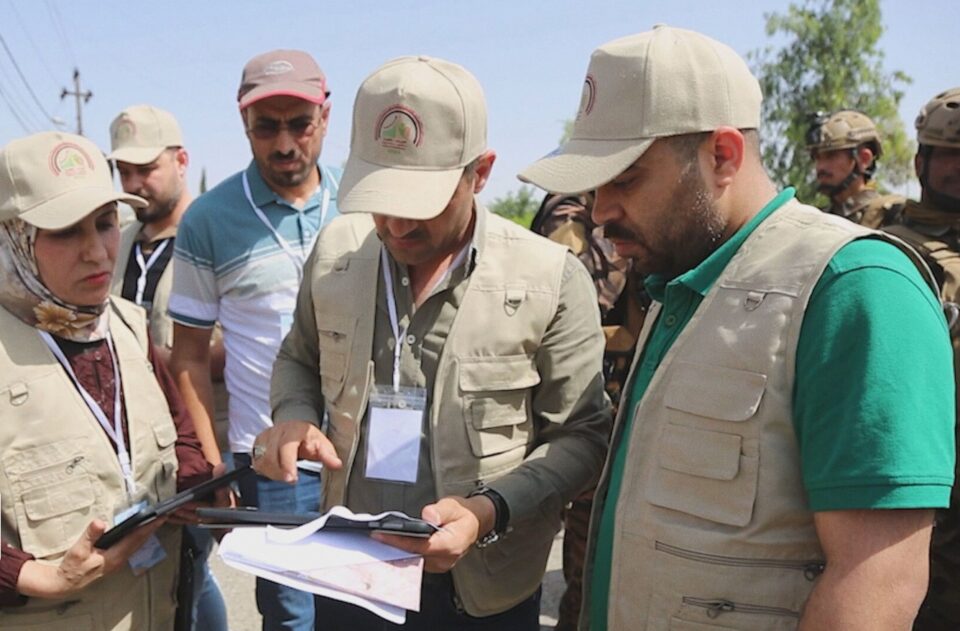Sema
The Kurdistan Region has officially reached a population of 6,503,000, as announced today with the results of the recent general population census. This important demographic milestone marks a significant achievement for the region, shedding light on the growing population and the changing dynamics of the area.
The population count was derived from a comprehensive national survey, conducted with the aim of gathering accurate and up-to-date information on the population size and distribution across the Kurdistan Region. The census included all areas, including urban centers, rural areas, and remote villages, ensuring a broad and inclusive count of the region’s inhabitants.
This data is vital for shaping future policy decisions, resource allocation, and planning for infrastructure, healthcare, education, and social services. It reflects the vibrant and diverse communities that make up the region, highlighting both the challenges and opportunities that come with such a significant population.
As the Kurdistan Region continues to develop and evolve, understanding population trends will be essential in addressing the needs of its citizens. The information from the census will guide government authorities and organizations in creating effective strategies for sustainable development, fostering a better quality of life for all residents.
The increase in population is a clear indication of the region’s growth, driven by both natural population growth and migration trends. This upward shift in numbers underscores the importance of adapting services and infrastructure to meet the needs of the growing population while ensuring that all residents have access to essential services and opportunities.
The Kurdistan Region’s population continues to be a vital component of the broader political, economic, and social landscape of Iraq, and these census results will play an integral role in shaping its future path. The results also highlight the region’s ongoing progress and its capacity to handle population growth while maintaining stability and prosperity for its people.
As the region moves forward, it will rely on this crucial data to drive future development and support the needs of its diverse population, ensuring that it remains a strong and dynamic part of the broader Middle East.

